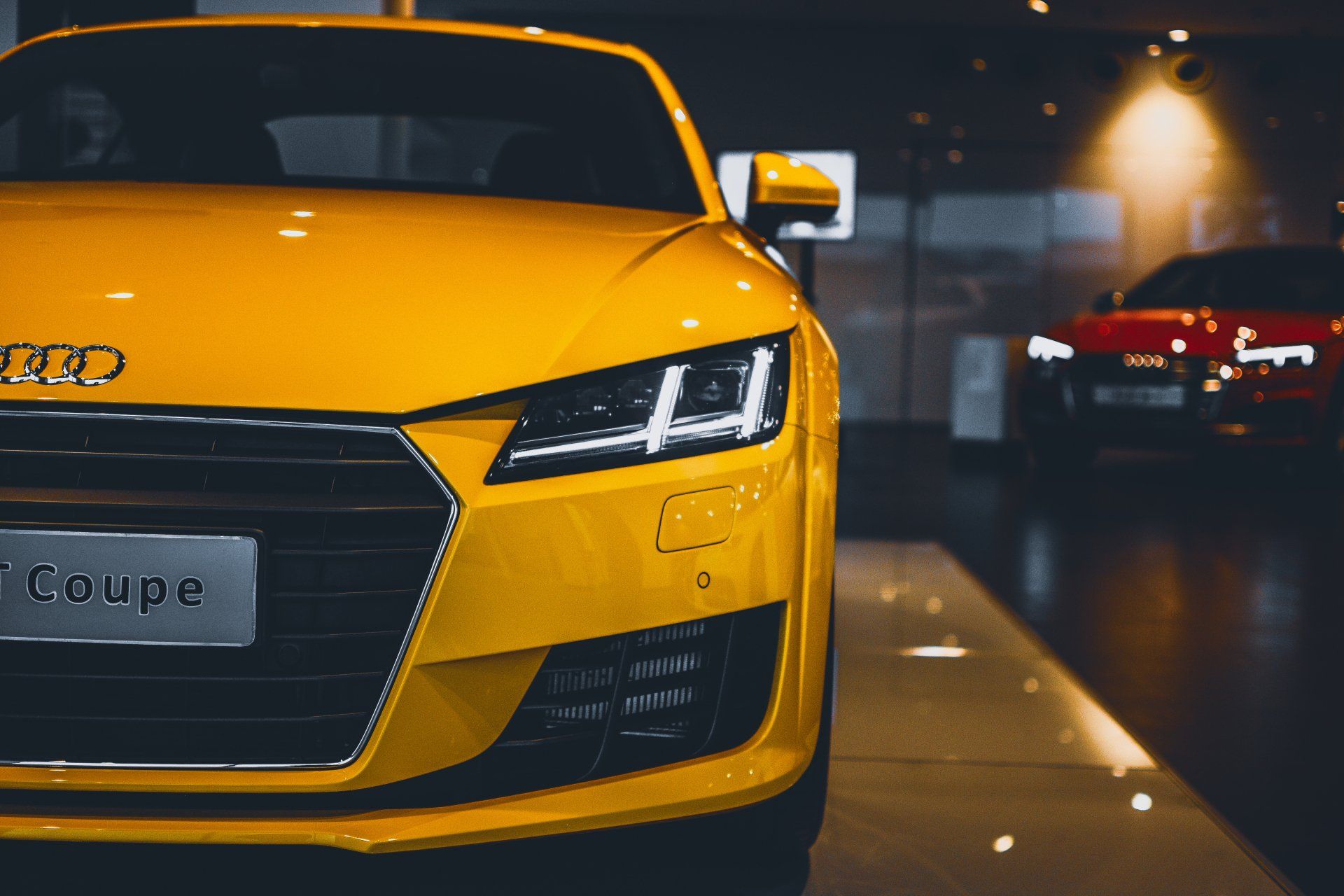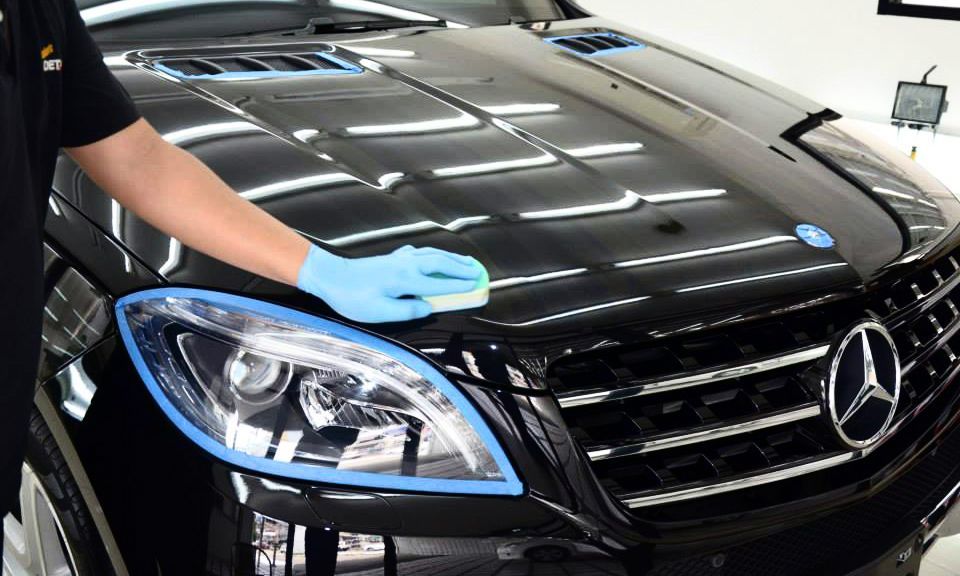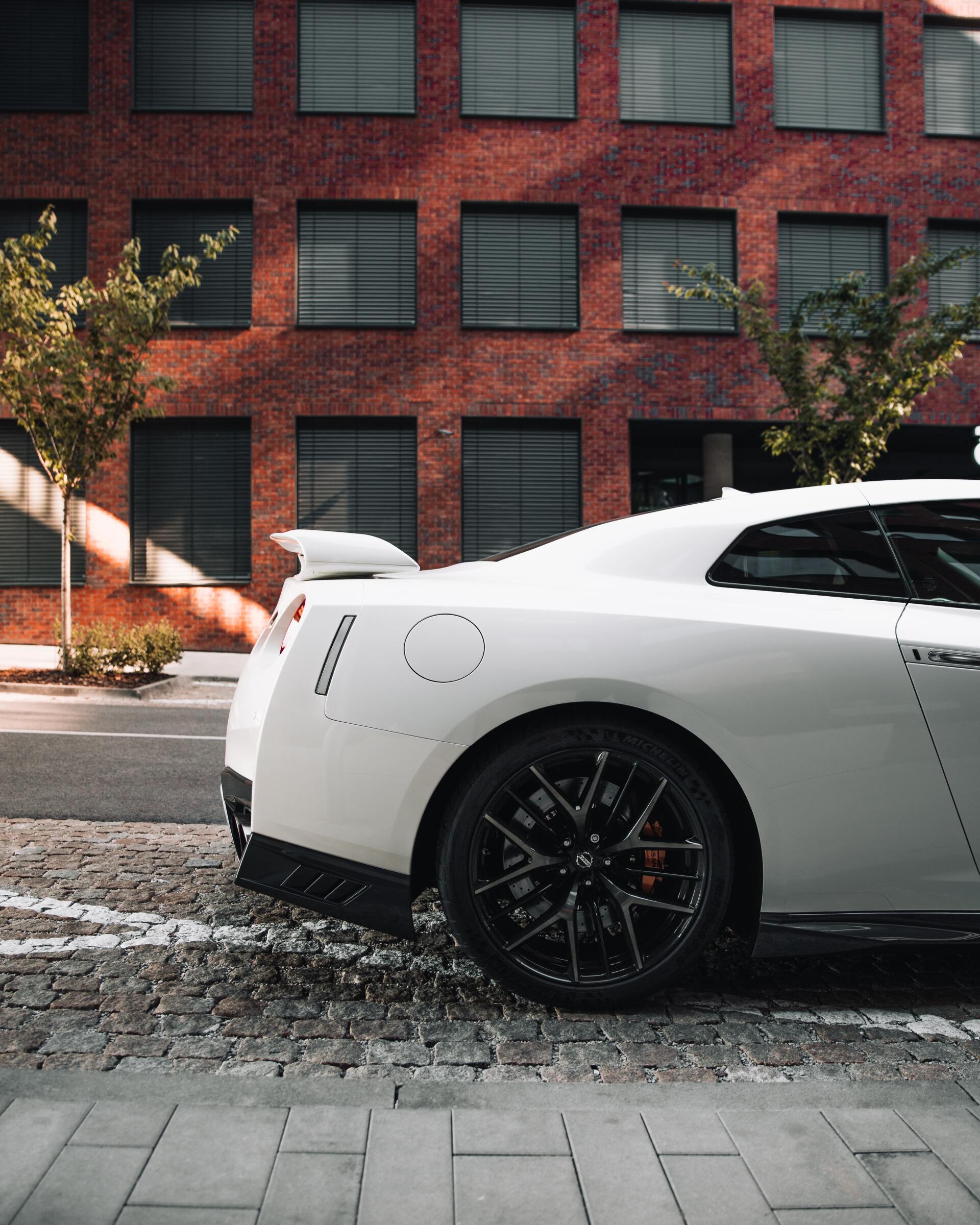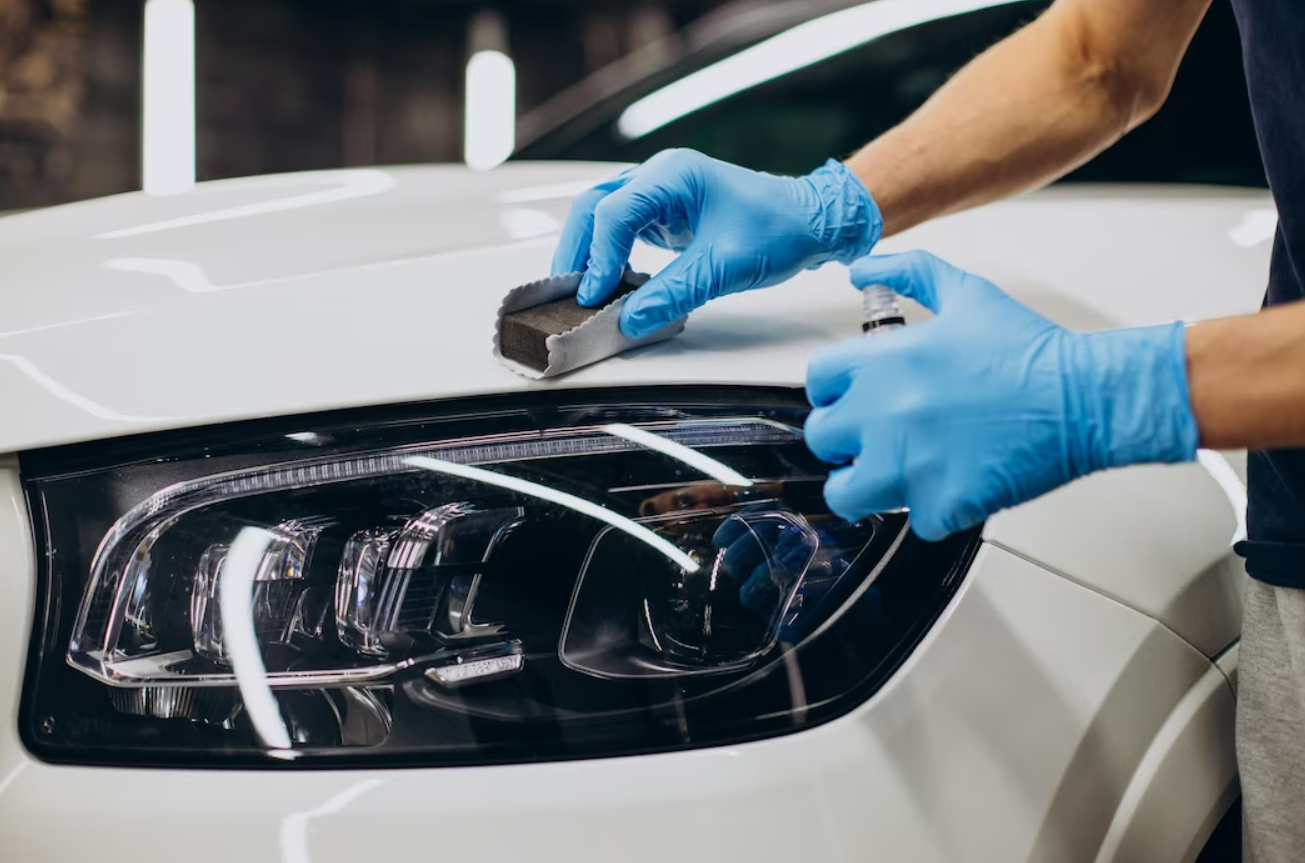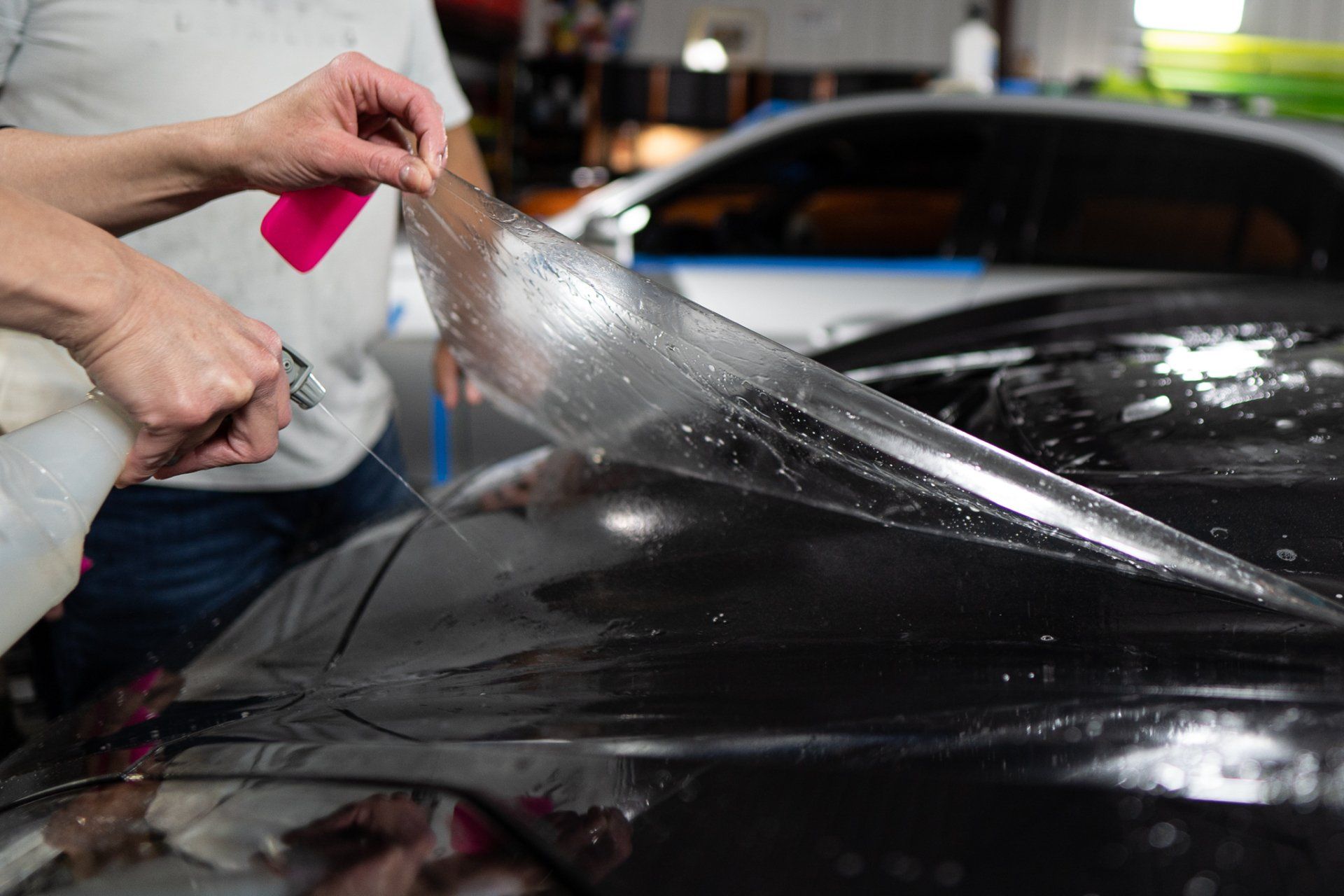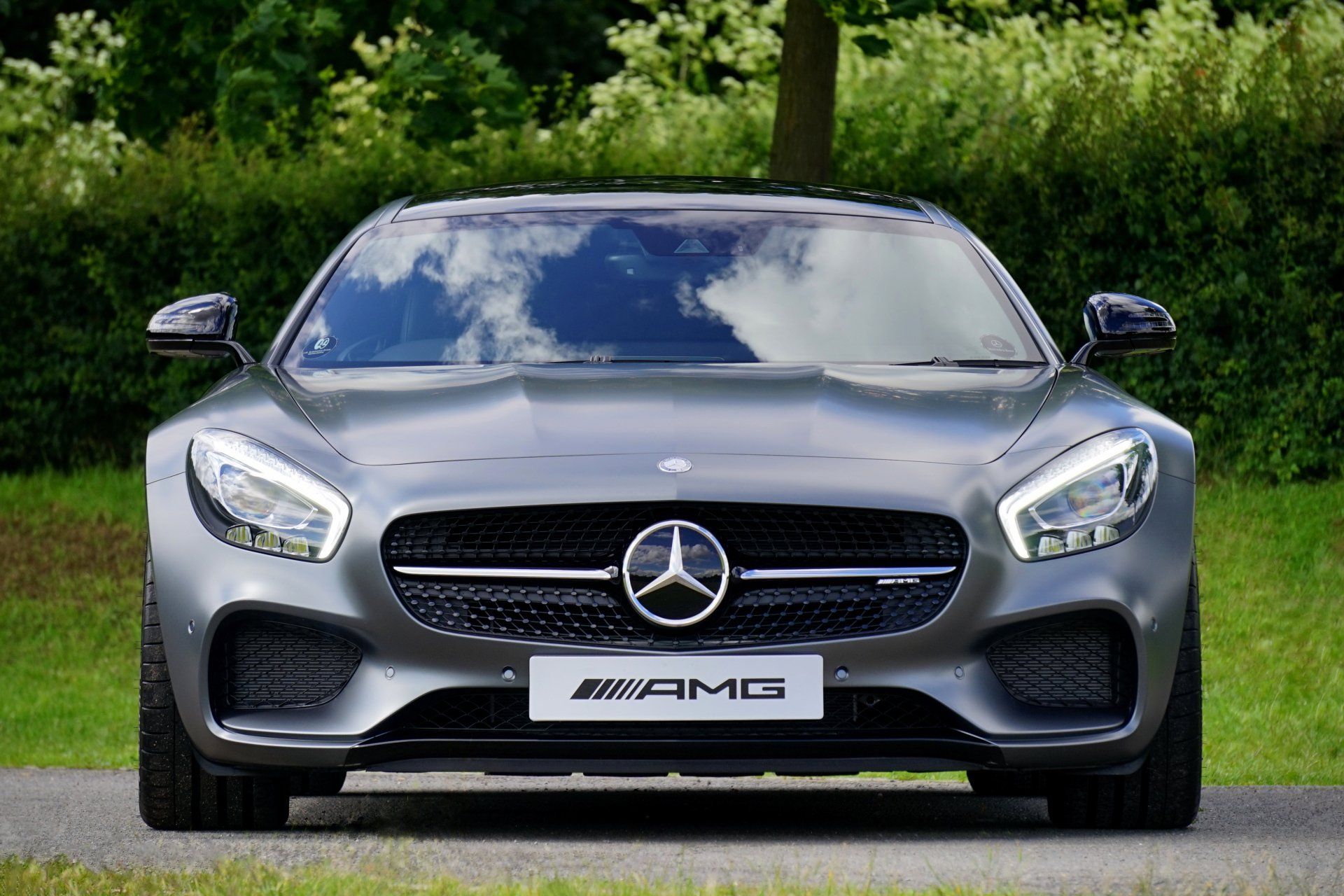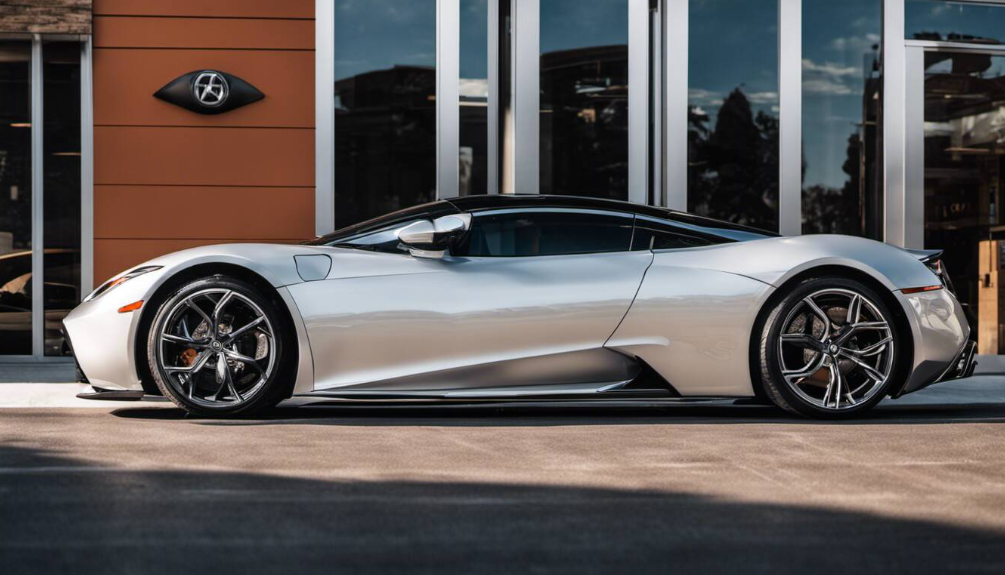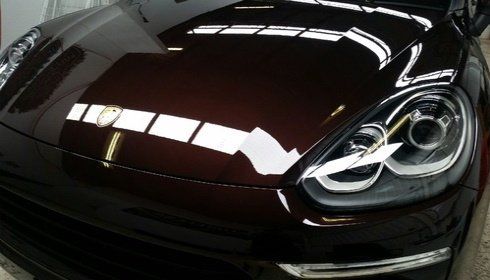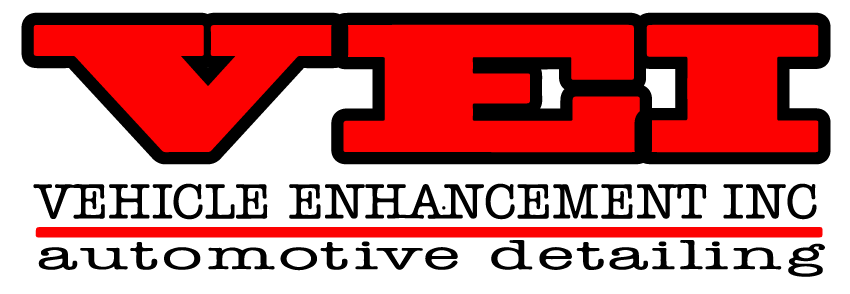When your vehicle has a permanent dent from a parking lot incident or accident, there is a good chance it can be repaired using paintless dent repair. Many minor dents can be repaired by dent professionals. However, your vehicle's paint must be intact and the dent must be simple.
Furthermore, if you want your car to be dent-free, paintless dent repair is an excellent and affordable option for restoring your car's body to its original state. In this section, we will look at how paintless dent repair works in Dayton, Ohio.
What is the Paintless Dent Repair Process?
Paintless dent repair is an environmentally friendly repair technique that restores your car's body to its original factory condition in a short period of time at a low cost. PDR is commonly used to remove dents and dings from vehicles and to repair hail damage. However, for PDR to work properly, the paint should not be cracked or chipped.
How Does Paintless Dent Repair Work?
Every day, PDR professionals across the country work to carefully restore cars to their original factory state without jeopardizing the car's original paint or the user's financial situation. The following are some examples of how paintless dent repair works.
First, professionals assess the vehicle's damage. What is the location of the dent? How big is the ding? What is the best way to remove a dent? These are some of the most common questions that PDR technicians ask. When they have finished assessing the damage and determining how to effectively eliminate it, they begin the repair services.
Following that, the professional will require access to your vehicle's dent. Sometimes it is best for a technician to get to the back of the dent by carefully removing body parts like panels and tail lights. Once the professional has a clear view of the dent, they can gain a better understanding of how to repair it.
Technicians utilize a number of specific tools and techniques to carefully apply pressure to the dent until the bodywork is correctly restored.
Furthermore, the paintless dent repair procedure can be completed in a single day, depending on the severity of the dent, and the results are always exceptional. Furthermore, the PDR procedure is non-invasive and fast.
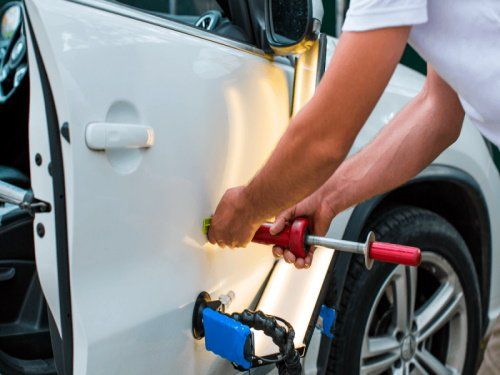
What are the advantages of PDR work?
A paintless dent repair is usually a good option for car repair, especially if the vehicle has been in an accident or has been hit by hail. Some of the benefits of using paintless dent repair are as follows:
PDR is cost-effective
Paintless dent repair is typically less expensive than traditional dent repair techniques. This is due to the fact that it is quick and does not require sanding, body filler, or repainting services.
It discourages the use of insurance claims
Paintless dent removal is typically less expensive than the agreed-upon expenses that you are typically required to pay insurance companies in the event of a claim. Furthermore, when compared to standard repairs, you will save money on insurance premiums.
It discourages color-matching
Paint dent repair usually does not need any form of modern automotive paint. Your vehicle's bodywork will retain its original color, so there is no risk of color-matching concerns.
It is flexible for any dent
PDR is flexible for all types of dents, whether huge or small. However, it is more suited to significant or slight marks where the vehicle’s paint is still intact. If your car’s paint is severely damaged, then your car will require painting since dent removal will likely not be as beneficial.
Retains your vehicle’s value
Typically, minor damage to your car can hinder its resale value. Paintless dent repair work is an excellent way to mend the damage and retain the value of your vehicle. Moreover, PDR is ideal for antique cars that finish matching, and the paint color is cumbersome to achieve.
Top vehicle manufacturers use PDR
Throughout the world, most vehicle manufacturers use the paintless dent repair procedure. Leading automakers have approved it, making it one of the established repair methods in Ohio auto body shops.
The type of damage that can be repaired using PDR
Paintless dent repair involves eradicating several car creases, door dings, and dents, especially if there is no paint damage on your car’s body. PDR is an excellent procedure since it aid in restoring all types of cuts, whether minor or significant.
How long does vehicle dent repair work take?
The normal paintless dent repair process is usually time-efficient. In most cases, PDR can be completed within a day. However, PDR work will vary according to the damage's severity, such as the dent capacity, vehicle location, and the number of creases, dents, and dings. In addition, hail damage may take a couple of days to eradicate the damage on your car's exterior.
What are the costs for paintless dent removal?
Most paintless dent repairs are a cost-effective procedure. Minor dent repairs, including vehicle dings or trolleys, usually cost around fifty dollars. Significant repairs, such as those covering a considerable part of your car’s panel with a couple of dents, are hard to repair and usually take time.
Looking for a paintless dent repair shop in Dayton, Ohio? Contact us today!
Paintless dent repair is the most effective method for removing dents from your vehicle, especially if the paintwork is not grazed, damaged, or scuffed. Furthermore, paintless dent repair is frequently less expensive and faster than other repair methods, such as traditional dent repair, full-body panel replacement, or crack repair. To achieve the best results, you will need to hire an experienced professional to work on your vehicle.
At Vehicle Enhancement, Inc. Automotive Detailing, our mission is to provide Dayton, Ohio residents with a distinct brand of high-quality exterior detailing, including paintless dent repair, interior cleaning, and ceramic coatings. We are the best auto body shop in Ohio, and we use a thorough process to ensure that each job is done correctly, as well as the most up-to-date methods and products to ensure a clean, shiny finish. To get started, call (937) 296-0328.
